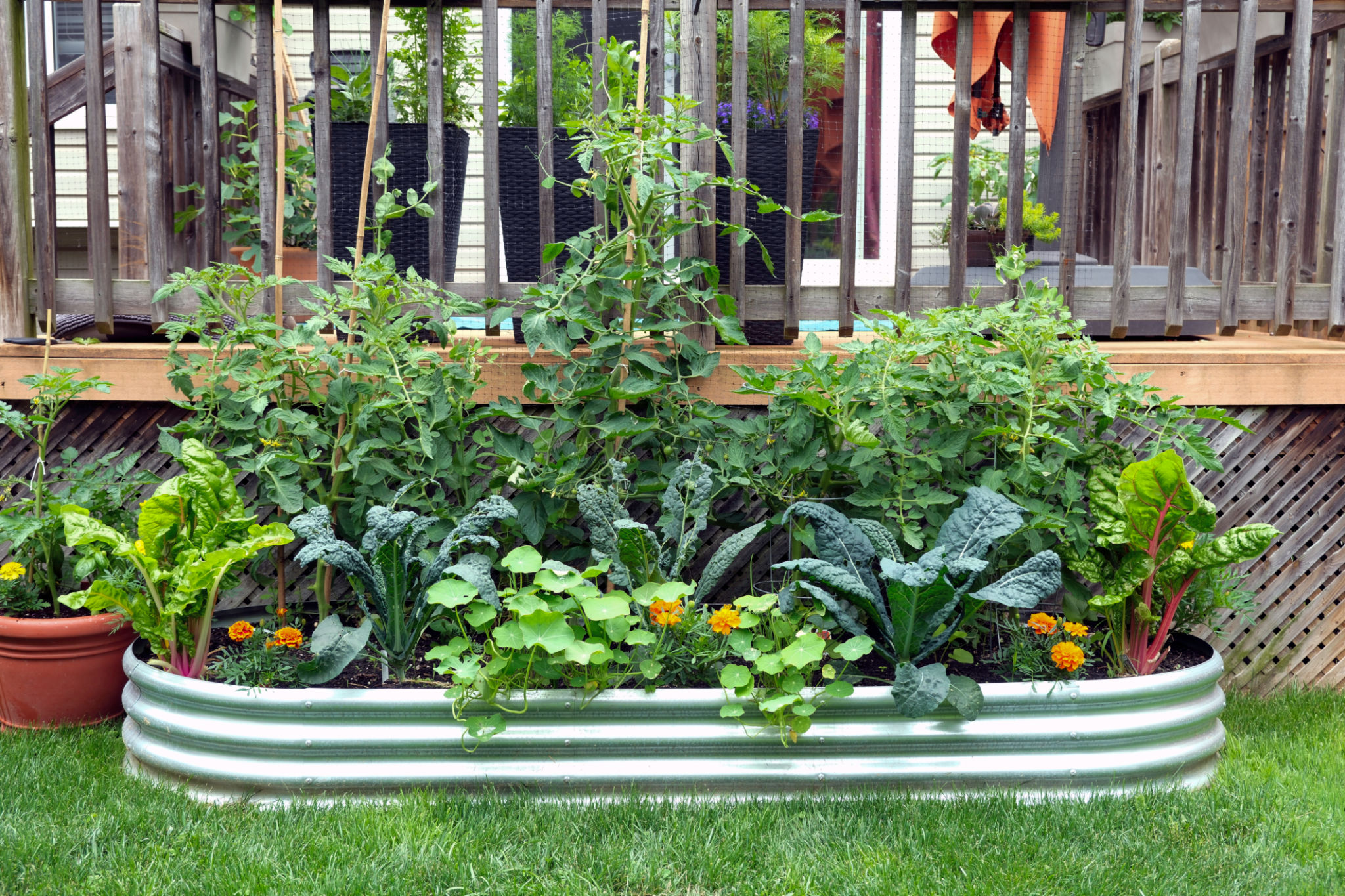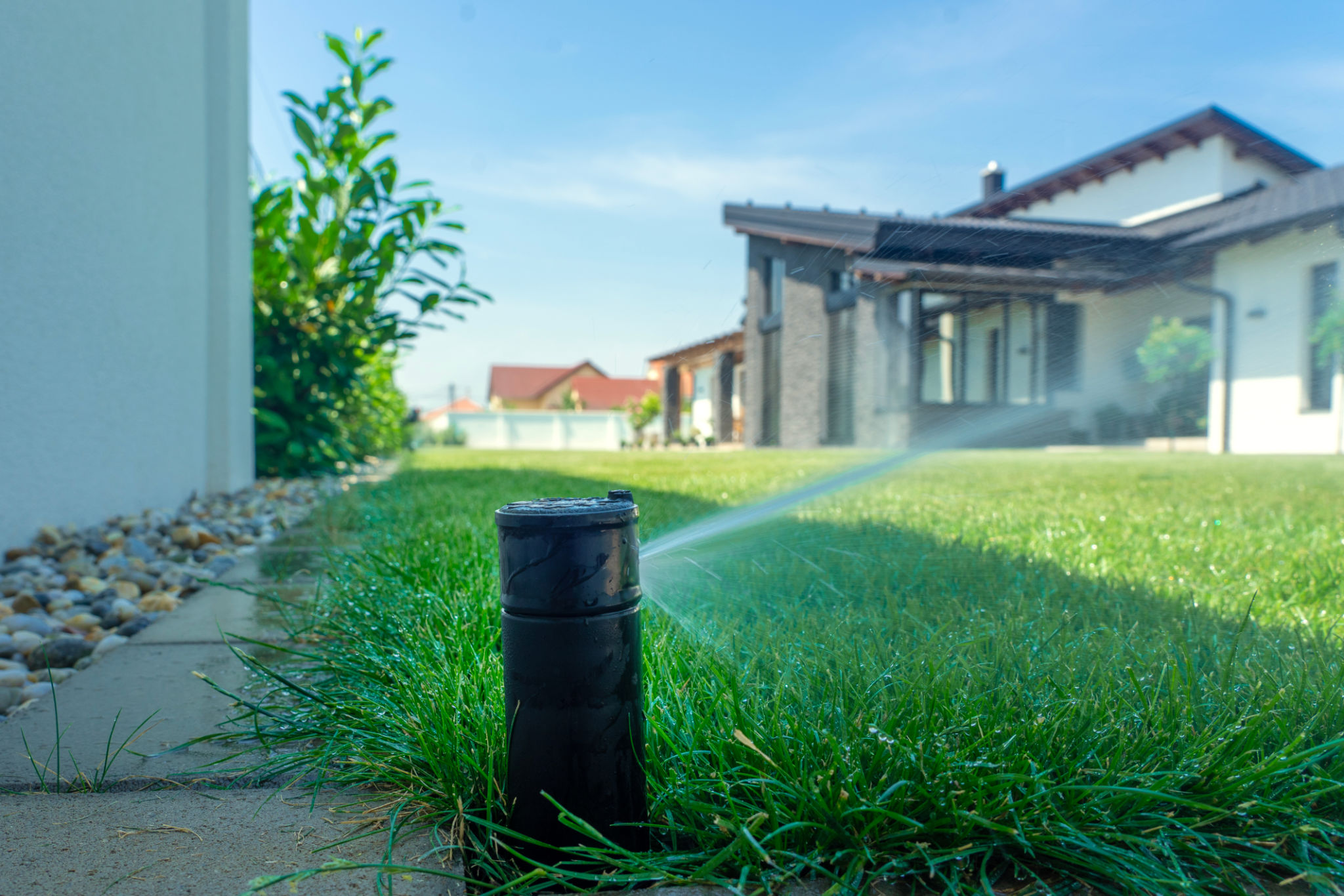Sustainable Landscaping Practices: A Step Towards a Greener Future
Understanding Sustainable Landscaping
Sustainable landscaping is an approach to designing and maintaining gardens and landscapes that balance environmental health, economic viability, and human well-being. It incorporates natural processes and eco-friendly practices to create outdoor spaces that are not only beautiful but also beneficial to the environment. By embracing sustainable methods, we can reduce our ecological footprint and contribute to a greener future.
One of the foundational principles of sustainable landscaping is the use of native plants. Native plants are well adapted to the local climate, soil, and ecosystem, making them more resilient to pests and diseases. This reduces the need for chemical fertilizers and pesticides, promoting a healthier environment.

The Importance of Water Conservation
Water conservation is a critical component of sustainable landscaping. Traditional landscaping often relies heavily on irrigation, which can deplete local water resources. By implementing water-saving techniques, we can significantly reduce water usage while maintaining lush and thriving landscapes.
Some effective water conservation strategies include using drought-tolerant plants, installing efficient irrigation systems like drip irrigation, and incorporating rainwater harvesting techniques. These methods help minimize water waste and ensure that plants receive the necessary hydration without excess.

Soil Health and Composting
Healthy soil is the foundation of any successful landscape. Sustainable landscaping practices emphasize the importance of maintaining and improving soil health through organic means. Composting is a wonderful way to enrich soil naturally. By recycling organic waste such as kitchen scraps and yard debris into compost, you create nutrient-rich soil that supports plant growth without the need for synthetic fertilizers.
Additionally, practices like mulching help retain soil moisture, suppress weeds, and improve soil structure. Mulch acts as an insulator, keeping roots cool in summer and warm in winter, which contributes to healthier plants.

Promoting Biodiversity
A sustainable landscape is one that supports biodiversity by providing habitats for various species of plants, insects, birds, and other wildlife. Creating diverse plantings with a mix of trees, shrubs, flowers, and grasses can attract beneficial insects and pollinators such as bees and butterflies.
Implementing features like birdhouses, bat boxes, or insect hotels can offer additional habitats for wildlife. These elements not only enhance the beauty of your landscape but also contribute to a balanced ecosystem.

Reducing Chemical Use
Minimizing or eliminating the use of synthetic chemicals is crucial in sustainable landscaping. Chemicals such as pesticides and herbicides can have detrimental effects on the environment, including contamination of water sources and harm to non-target species. Instead, sustainable practices encourage the use of natural alternatives such as neem oil or insecticidal soap to manage pests.
Integrated Pest Management (IPM) is another approach that focuses on prevention and uses a combination of biological control methods to keep pest populations under control. By reducing chemical use, we can create safer environments for humans and wildlife alike.
The Role of Technology in Sustainable Landscapes
Technology plays a significant role in enhancing sustainable landscaping practices. Smart irrigation systems, for instance, use weather data to optimize watering schedules, ensuring that plants receive the right amount of water without waste. Additionally, mobile apps can help identify plant species suited to specific climates and provide tips on sustainable gardening practices.
Embracing technology not only simplifies maintenance but also enhances the effectiveness of sustainable landscaping efforts. As technology continues to evolve, we can expect even more innovative solutions that contribute to greener landscapes.

A Step Towards a Greener Future
Adopting sustainable landscaping practices is not just a trend; it's a necessity for ensuring the health of our planet for future generations. By making conscious choices about how we design and maintain our outdoor spaces, we contribute to a more sustainable world.
Whether you are a homeowner looking to transform your garden or a business aiming to create eco-friendly outdoor spaces, embracing sustainable landscaping practices is a step towards a greener future. Together, we can create landscapes that are not only aesthetically pleasing but also environmentally responsible.
